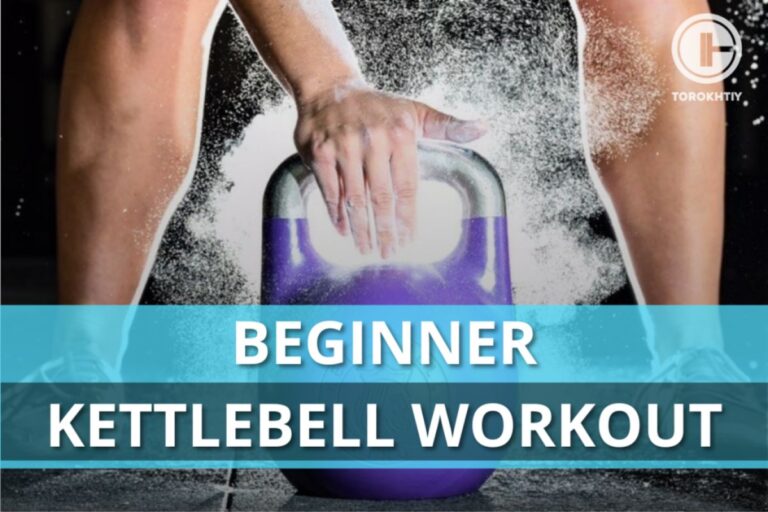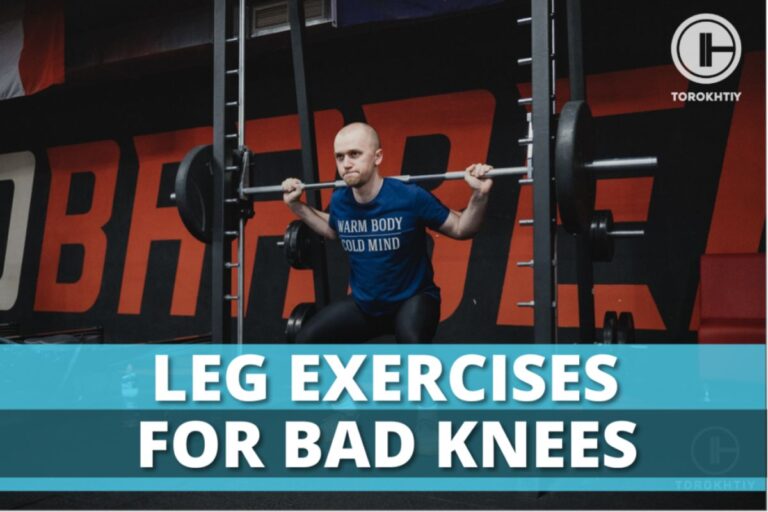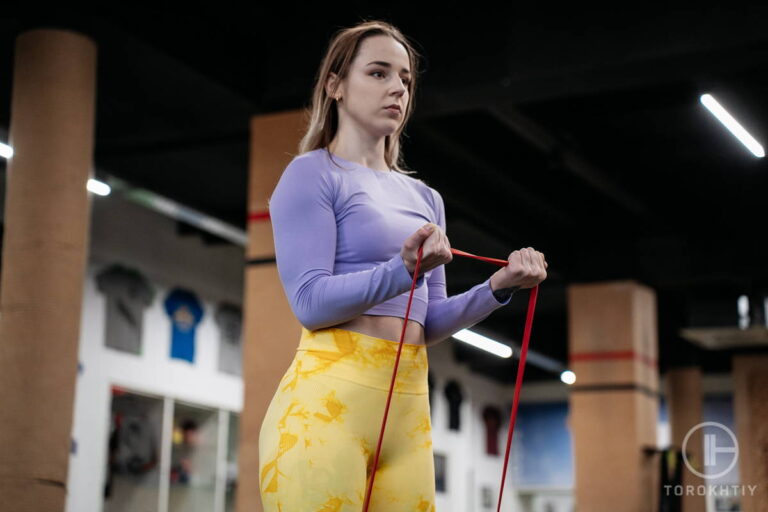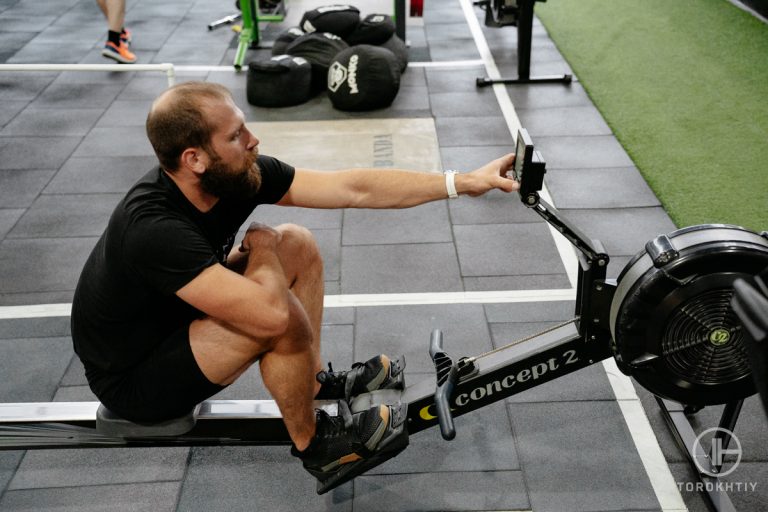What Size Lifting Belt Should I Get: Factors for Consideration
If you’re asking yourself what size lifting belt should I get? Then you need to find out your waist size, the specific reason you need the belt, your torso and trunk dimensions, as all of them play a role in finding the belt for you.
A lifting belt comes in sizes from XS to XXL. The primary factors that play a role in choosing the right belt are your weight, height, width, and what exercises you’re looking to perform while wearing the belt.
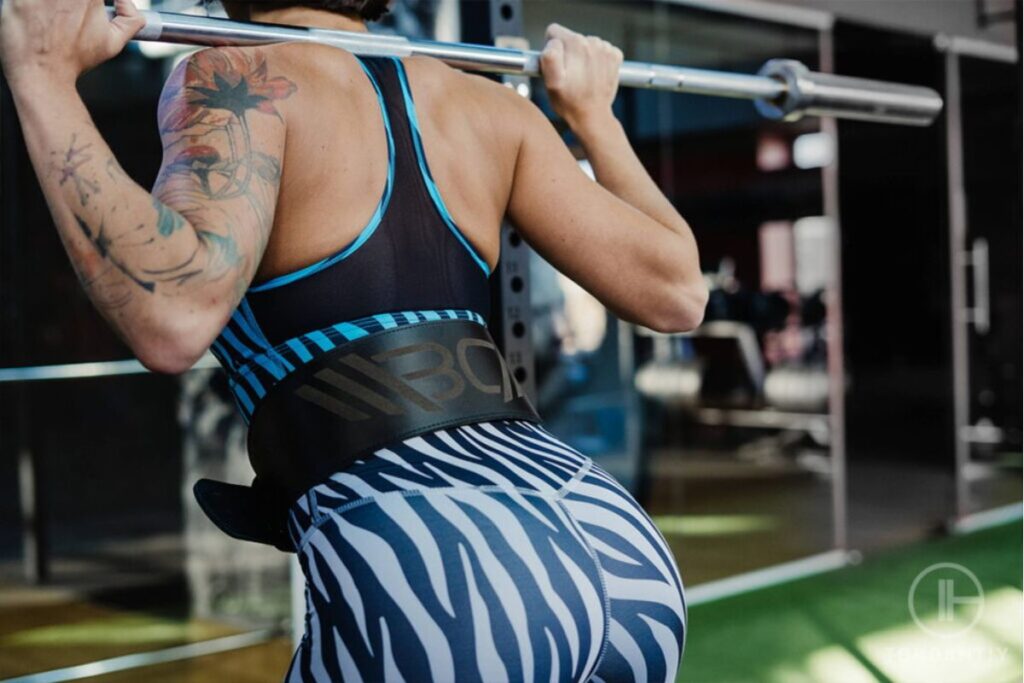
Are All Lifting Belt Sizes The Same?
The quick answer to this is no. Belt sizes vary a lot depending on the brand and the belt. The reason for this is that individuals vary in different sizes, so the belt needs to fit the individual’s specific dimensions. That’s why if you try someone else’s belt, you may find it to be too loose or too tight.
Typically, a weightlifting belt comes between twenty-two inches and fifty-six inches. Going by a standard weight lifting belt size chart:
- XS: 22-31″
- S: 27-36″
- M: 31-40″
- L: 35-44″
- XL: 39-48″
- XXL: 47-56″
These numbers can change a little depending on the company and the brand. A brand that we recommend is the Warm Body Cold Mind Leather Weightlifting Belt.
How to Pick the Correct Lifting Belt Sizing
Weight is a big factor in determining your belt size. Depending on your weight, we recommend the following:
- XS and S size for 100-150 pound male.
- M for 150-180 pound male.
- L for 180-220 pound male.
- XL and XXL for 220-260 pound male.
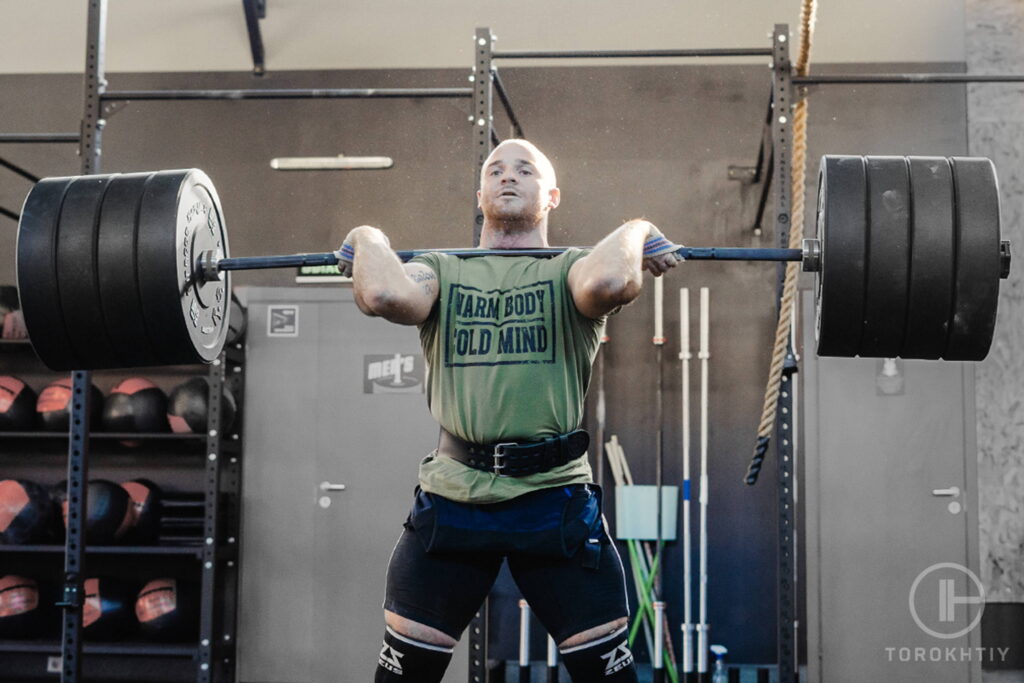
You want a belt that fits the Goldilocks Zone, which means finding the perfect balance between the two extremes. Not too tight, but not too loose either. Somewhere in the middle is golden mean you’re trying to achieve and for that, you have to take in consideration many different factors.
It also depends on what exercises you’re planning on doing with the belt on. Each exercise has its own unique way of wearing the belt.
Using a Belt for Squats
Using a belt for squats can be a little complicated because of the fatigue factor. Squats engage a lot of your body, especially the nervous system, and some find it they fatigue quicker when they wear a belt because it constricts their breathing. So, in order to safely use a belt while squatting, make sure it’s not on too tightly. Leave enough space between your core and the belt that you are able to expand outward. The expansion of the core is key, as it stabilizes your lower back and creates a solid base.
Many find it helpful to take a deep breath before getting under the bar and then tightening your core before racking out and performing the lift. Focus on keeping the abdominal pressure as you squat down and come back up before releasing some pressure, as you take a breath, but at the same time, keeping your core tight.
Some prefer the belt to be placed a bit higher than the naval so when you squat down, the belt doesn’t pinch against the hip crease.
Using a Belt for Deadlifts
When using a belt for deadlifts, you want to put it on so that it rests just above your hip bone. This way, the belt will properly wrap around your torso. If the belt pinches you when performing the lift, that is an easy way to tell that you’ve put the belt on incorrectly.
You want to tighten the belt but not too tight that it’s difficult to breathe. The main point is to breathe into the belt, prior to going down into your deadlift position. Your core should be tight and flexed. As you perform the lift, keep the pressure tight against the belt throughout the upward and downward motion.
It can help to keep one single breath while you do the entire lift.
Using a Belt for Bench Press
If you decide to bench press with a belt. Put the belt around your waist in a comfortable position, somewhere near your belly button. You want to tighten it, but not too tight because you need to be able to inflate your core into the belt. Generally, having enough space to squeeze a finger in between the belt and your core is a good indication that you have the belt on correctly.
Once the belt is on, push your core outward and feel your abdominal muscles, obliques, and lower back engage. When you get that feeling, then your belt is on right.
Some may have to adjust the belt according to their weight. The belt can be worn lower in order to push your belly up and out, allowing for a more comfortable lift. While for others, you may need to wear it slightly higher so it doesn’t pinch against your lower back when you arch.
So, if you’re thinking, what size lifting belt should I get? Then take into consideration all of these different factors as well as measuring your waist.
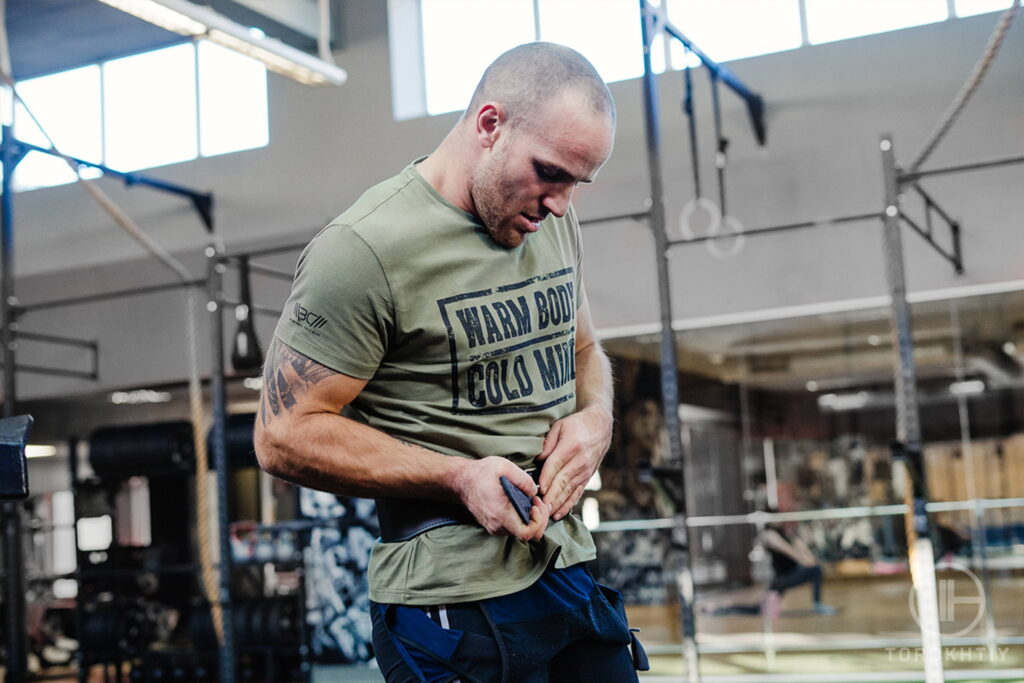
How to Measure for Weightlifting Belt
Measuring for weightlifting belt can be broken down into three steps.
- The first step, make sure when you use a measuring tape, you’re standing up and not sitting down. If you measure your waist in a seated position, it can add a few extra inches, which will offset your belt.
- Second step, start measuring by placing the tape around your naval as that is where the belt will ideally be tied. A quick tip would be to do this process while wearing your normal gym attire. If you do it shirtless, then it’s a good rule of thumb to add an extra two inches to your measuring total, as that would take into account any shirts or sweaters you might wear while lifting. Wrap the measuring tape around your torso and back to the start point, making sure you’re relaxed the entire time. If you suck your belly in or expand it, then it will throw off the final number.
- Third step, as you bring the measuring tape around, leave a little cushion so it’s not too tight around your waist. Remember, the proper use of a weightlifting belt is to expand your core into the belt. So, you need a little bit of space to accomplish this important goal. When you’re at this point, use a pen to mark down the number on the measuring tape and that should give you a good indication of what weight lifting belt size chart you should use.
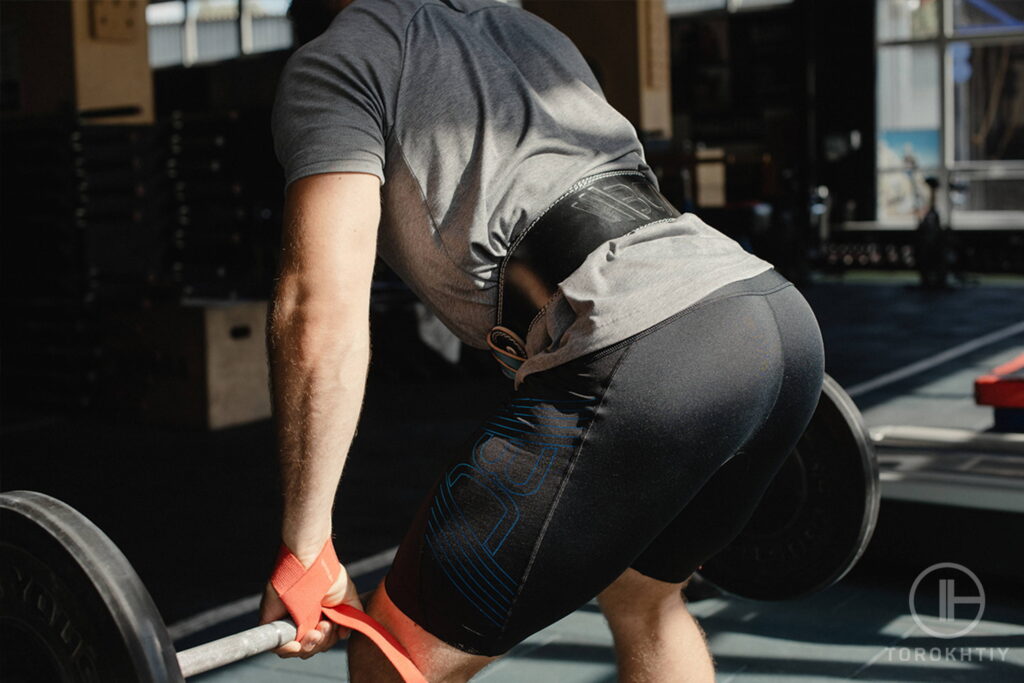
A lifting belt currently on the market is the WARM BODY COLD MIND Leather Weight Lifting Belt. 4″ Adjustable Belt with Buckle.
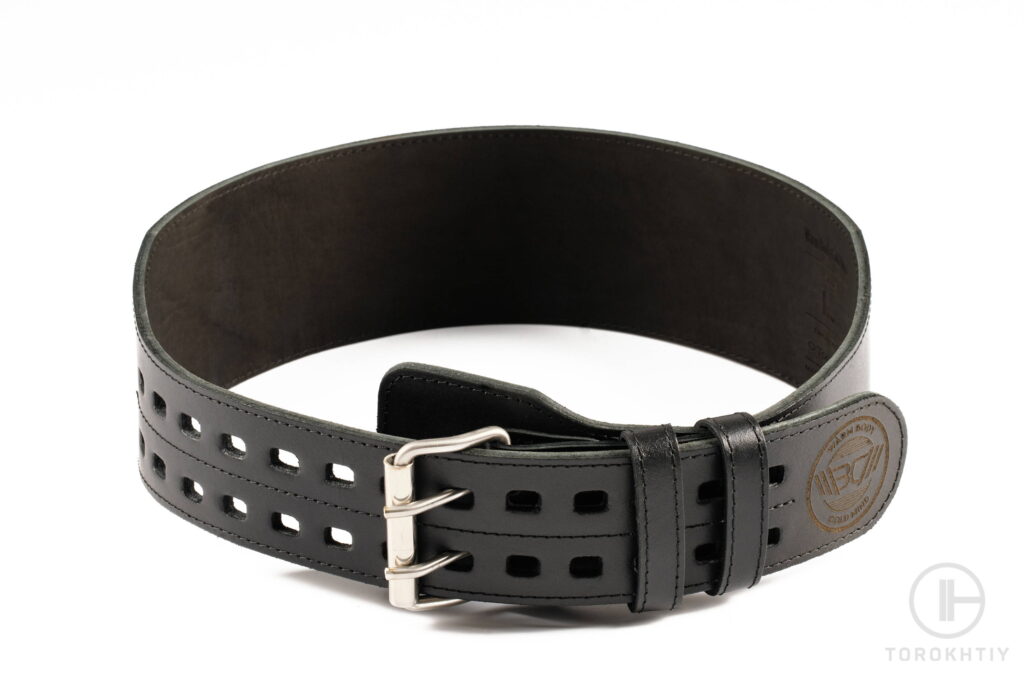
FAQ
How Wide Should My Weight Lifting Belt Be?
The width of the belt is more dependent on the individual. Some people are naturally built wider, with thicker hips, others are taller with longer trunks.
For an Olympic weightlifter and bodybuilder, a belt that is about 0.25″ in width should suffice. While for powerlifting, they tend to prefer a 0.40″ wide belt. There is also the option of a 0.50″ wide belt, but usually only advanced power lifters need it that wide.
Does Lifting Belt Size Matter?
Size is an important factor. Depending on the build size, you can get more support, have more flexibility, and the belt can last longer too. But a major factor is finding the right size for you as an individual because we are all built differently. So, you really want to get a belt size suited for your needs. This will be safer in the long run as well.
How Tight Should a Weightlifting Belt Fit?
A general rule of thumb is to be able to squeeze your index finger between you and the belt. That way, you’re giving yourself enough cushion to breathe out and brace your core. If it’s too tight, then you’ll have a harder time activating your core, and you’re liable to disrupt your breathing pattern, causing you to tire out quicker and even miss your lift.
Conclusion
When it comes to picking the right lifting belt, some factors to think about are your weight, the size of your waist, what specific exercises or programs you’re planning on performing, and the length of your torso and trunk.
When all these are taken into consideration, then you can pick a belt that suits your individual needs.
Also read:
- Best Weightlifting Belt
- When to Start Using a Lifting Belt
- Nylon vs Leather Lifting Belt
- 10mm vs 13mm Belt
- Lever Belt vs Prong Belt
- Powerlifting Belt vs Weightlifting Belt
- Best Weight Lifting Belt for Women
- Best Weighted Dip Belt
- Best Powerlifting Lever Belt
- Best Deadlift Belt
References:
- The Ultimate Weightlifting Belt Guide
https://www.bodybuilding.com/content/the-ultimate-weightlifting-belt-guide.html - Lessons in Weight Belts: How and Why to Use Them
https://www.bodybuilding.com/content/lessons-in-weight-belts-how-and-why-to-use-them.html
Why Trust Us?
With over 20 years in Olympic Weightlifting, our team does its best to provide the audience with ultimate support and meet the needs and requirements of advanced athletes and professional lifters, as well as people who strive to open new opportunities and develop their physical capabilities with us.
By trusting the recommendations of our certified experts in coaching, nutrition, dietology, and sports training programming, as well as scientific consultants, and physiotherapists, we provide you with thorough, well-considered, and scientifically proven content. All the information given in the articles concerning workout programming, separate exercises, and athletic performance, in general, is based on verified data. We ensure that you can rely on our professionals’ pieces of advice and recommendations that can be treated as personalized ones which will benefit you and fully meet your needs.
The product testing process is described in more detail here
Author: Oleksiy Torokhtiy
Olympic Weightlifting Champion
Best Results: Snatch – 200 kg,
C&J – 240 kg
Oleksiy Torokhtiy is a professional athlete boasting 20 years of experience in Olympic weightlifting. With multiple European and World titles under his belt, he has showcased his prowess in two Olympic Games (Beijing 2008 and London 2012). Upon concluding his illustrious career, Oleksiy dedicated himself to coaching. By 2022, he had conducted over 200 weightlifting seminars worldwide. He is the visionary behind an international sportswear and accessories brand known for its motto, “Warm Body Cold Mind.” Additionally, he is an esteemed author and the creator of a series of training programs and eBooks.



